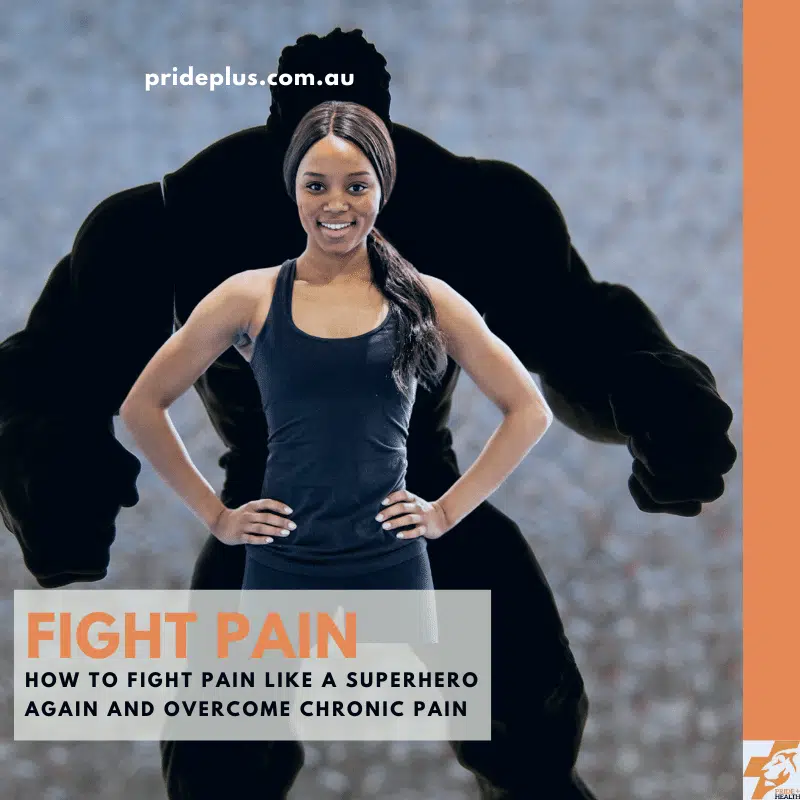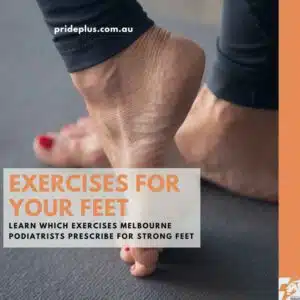We’ve all watched Spiderman shake off a painful landing and marvelled at how the Black Widow pushes through all the hurdles in her way. What if you too can fight pain like a superhero? Save the planet? Get the guy or girl? Well first, you’ll need to know which superhero you most handle pain like. Luckily we have a quiz for that. Next, I’ll take you through how you can overcome persistent pain depending on which hero and coping strategy you use.
For The Hulks
The Boom or Bust Model of Persistent Pain
To overcome the boom or bust model of persistent pain the solution is a technique known as pacing.
Why Pacing To Fight Pain?
Overdoing activities on good days leading to pain flare-ups, followed by extended periods of rest is the hallmark of this model.
Over time these flare-ups become more sensitive, they need less and less activity to provoke pain.
Extended rest periods cause deconditioning (weakness) and the vicious cycle continues.
What Is Pacing?
Pacing is a strategy to safely increase activity levels without flare-ups.
The key is to strike a balance between the highs and lows of activity and level them out throughout the day.
Think of the Boom or Bust cycle being a habit that you need to break with a more sustainable and controlled approach, that puts you right back in the driver’s seat.
How To Fight Pain with Pacing
- First and foremost understand your thoughts and emotions that drive you to overdo your activities. Is it a sense of achievement, ‘she’ll be right mate’ attitude, pressure from others or simply a distraction from bigger problems in your life? This mindfulness when completing your daily activities is key to unlocking your potential to overcome your pain.
- Pay attention to your tolerance of everyday activities and establish baseline levels. For example: your pain levels consistently worsen after 20 mins of gardening (baseline).
- Stop doing the activity at a predetermined time and take a break. Example: After 20 mins of gardening, take a break-this could be a change in posture, different activity, stretches etc.
- A customised exercise plan to specifically target the deconditioning and safely increase your activity levels can be provided by your physios and exercise physiologists.
- Track your activity and pain levels in a diary, reflect on the challenges and make changes as needed.
The Outcome of Following A Pacing Strategy
By following the pacing strategy, you are avoiding the highs and lows of the boom and bust model and completing the task with no net increase in pain.
Over time the flare-ups become fewer and less sensitive. You will find that more and more activity is needed to provoke the pain, unlike in the past. This allows you to not only complete your essential chores but also other valued activities in life like fitness and social outings.
“Pacing!“
For The Wolverines
The Fear – Avoidance Model of Persistent Pain
To overcome the fear – avoidance model of persistent pain you’ll need to implement some graded exposure.
Why Graded Exposure to Fight Pain?
When an injury happens, instead of confronting the pain and recovering from it, the pain experience is ruled by exaggerated negative emotions and thoughts called catastrophisation. This could be because you are a natural worrier, told by someone or your past experience has been unpleasant.
The catastrophization leads to pain related fear.
The fear in turn makes you avoid any activities that might cause you pain.
The avoidance of activities makes you deconditioned, depressed and disabled.
Hence pain persists even after injury has healed.
Bottom line: Your fear of pain is worse than the pain itself.
What is Graded Exposure?
Graded exposure is a strategy where exercise and movement is increased gradually leading to proportionate decrease in pain-related fear.
Taking small steps based on a plan and not by how bad the pain is.
Doing it consistently as your body responds better to it that way.
It’s almost like allergy desensitisation. A safe, gradual exposure to your triggers.
How To Apply Graded Exposure To Your Pain
- Challenge the fear. Understand how the pain system works. This would help reduce your catastrophic thoughts, emotions and fears associated with it. Confronting your pain is not easy, a deeper understanding of the physiology of pain is the first hurdle to cross.
- Identify the activity that you avoid frequently, for example: bending down
- Start by restoring the mobility and strength of the body, which has been greatly affected by the deconditioning brought on by avoiding activities. Example: your back might have become stiff and weak over time from not moving it, your physios and EPs can help you to start mobilising and strengthening it safely.
- Start small and build up slowly; demonstrate to yourself that it is safe to move. By doing so, you are reducing the ‘threat’ associated with the activity and your fear in the process.
- Make a plan of increasing your exposure to higher and higher levels of movement and exercise gradually over time.
- Stress management and psychosocial support is vital here.
The Outcome of Following A Graded Exposure Strategy
Graded exposure to activity together with an in-depth understanding of how pain works, will help you conquer your fear and place you right back in control.
About Us
At PridePlus Health our team of physiotherapists, exercise physiologists and podiatrists are all thrive on helping the true superheroes in our community overcome persistent pain. If you’re ready to start your journey back from chronic pain you can book in with our team.




